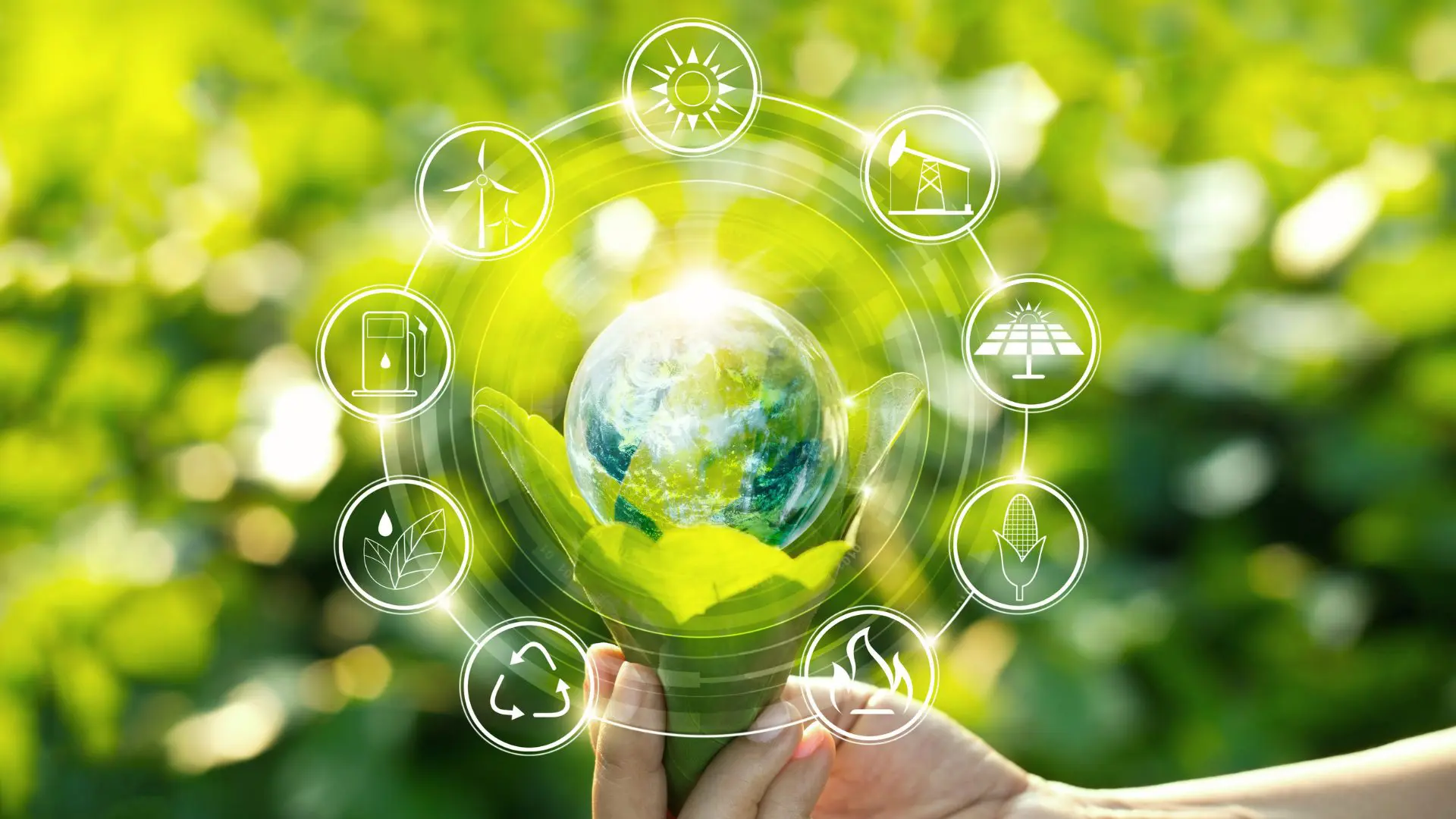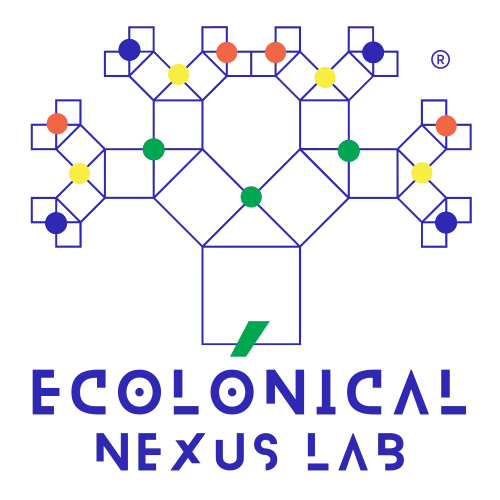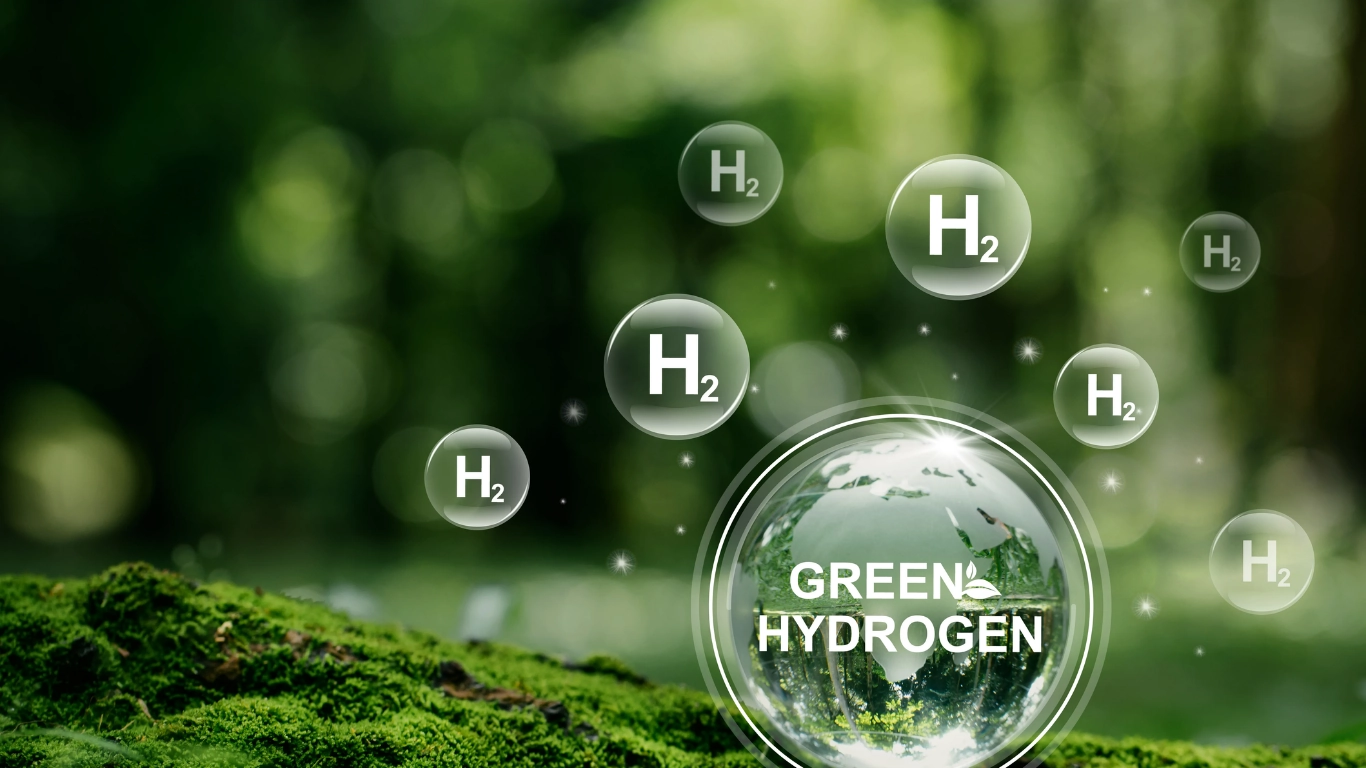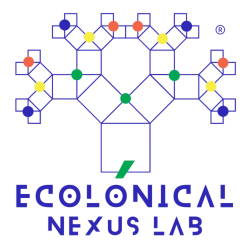No products in the cart.

Exploring the Potential of Renewable Energy
Contents
I. Abstract
II. Introduction
III. Background
IV. Types of Renewable Energy
A. Wind Energy
B. Solar Energy
C. Hydroelectric Power
D. Bioenergy
V. Gaps and Challenges
A. Technological Advancements and Efficiency
B. Economic Viability and Market Integration
C. Environmental Impact and Resource Management
D. Climate Resiliency and Adaptation
E. Global Access and Energy Equity
VI. Conclusions
VII. References
- Global Atlas for Renewable Energy. Available at: https://www.irena.org/globalatlas
- R. Avtar (2019). Exploring Renewable Energy Resources Using Remote Sensing. DOI: https://www.mdpi.com/2079-9276/8/3/149
- Smith, J. et al. (2020). Comprehensive Review on Hydroelectric Power: Opportunities and Challenges. DOI: (URL)
Author
-

Milena-Jael Silva-Morales is the Founder & Director of Ecolonical LAB, an independent research lab specializing in data, AI, and territorial systems. A systems engineer with a Ph.D. in Urban & Territorial Systems and over 13 years of experience in R&D&I, she focuses on FAIR data governance, AI ethics, and interdisciplinary methodologies for water, energy, and biodiversity systems.
View all posts
This article is governed by the Ecolonical Open Knowledge License (EOKL Lite V1). This license explicitly prohibits the use of its contents for AI model training, dataset integration, algorithmic processing, or automated decision-making systems. Unauthorized computational aggregation, reproduction beyond permitted terms, and any use conflicting with open knowledge principles are strictly restricted.
For legally binding terms, compliance obligations, and permitted exceptions, refer to the License Usage Policy.
Under specific conditions, this content aligns with the Creative Commons Attribution-NonCommercial-ShareAlike 4.0 International License. However, any AI-related processing, direct commercial exploitation, or automated derivative work remains subject to EOKL Lite V1 restrictions.





Leave a Reply